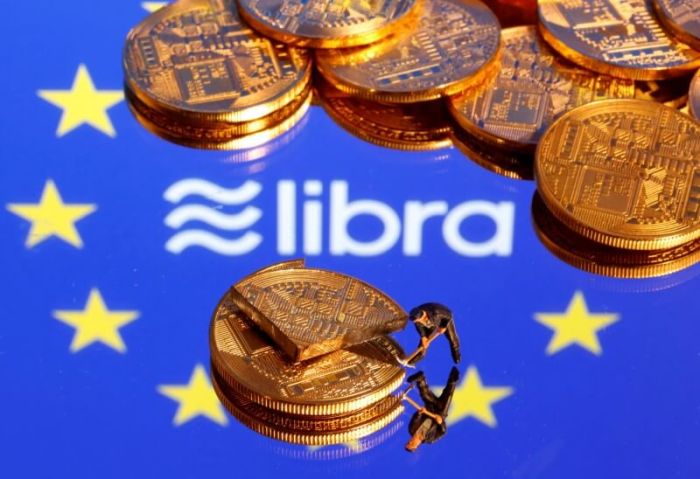By Katanga Johnson
WASHINGTON (Reuters) – The U.S. consumer financial watchdog on Friday outlined how it would define “abusive” practices when overseeing companies, in another win for the industry, which has long complained that the agency has overstepped its remit by applying the term far too aggressively.
Following the 2007-2009 global financial crisis, Congress passed the Dodd-Frank Act giving the Consumer Financial Protection Bureau (CFPB) broad authority to stamp out “abusive” acts or practices related to consumer financial products, in addition to “unfair” and “deceptive” practices.
While the latter two legal terms were well defined, Dodd-Frank was the first federal law to prohibit “abusive” lending practices.
The industry frequently complained that the agency’s former Democratic director, Richard Cordray, used this novel power as a catch-all to go after a range of practices. They said there was legal confusion over the scope and meaning of the term, and have lobbied lawmakers and the CFPB to better define it.
Current CFPB director Kathy Kraninger, a Trump administration appointee, last year sought industry feedback on how to apply the term.
“We’ve developed a policy that provides a solid framework to prevent consumer harm while promoting the clarity needed to foster consumer beneficial products as well as compliance in the marketplace,” Kraninger said on Friday in a statement.
In Friday’s notice, the CFPB said it would challenge conduct as abusive only when “the harm to consumers outweighs the benefit.” It also gives assurances that it would not double up on charges by claiming an act was “abusive” as well as “unfair” or “deceptive,” based on the agency’s discretion.
The policy also says that the agency will only seek monetary relief in cases were there has been “a lack of good-faith effort” to comply with the law.
Consumer advocates and academics criticized the policy, saying the agency was effectively tying its own hands.
“It seems that the agency is trying to highly constrict the use of ‘abusive’ by using terms that do not fully capture the way lenders behave,” said Linda Jun, an attorney at the advocacy Americans for Financial Reform.
Adam Levitin, a Georgetown University consumer law professor, said applying a harm-benefit analysis to the definition of “abusive” may also violate the statute.
“Likewise, adding in a good-faith defense to monetary damages isn’t consistent with Congress’s directive. What’s more, it ultimately harms consumers,” he said.
Richard Hunt, who leads the Washington-based Consumer Bankers Association, said the new policy would better help companies meet their customers’ needs.
(Reporting by Katanga Johnson; Editing by Michelle Price and Jonathan Oatis)
























